FIB:ZERO
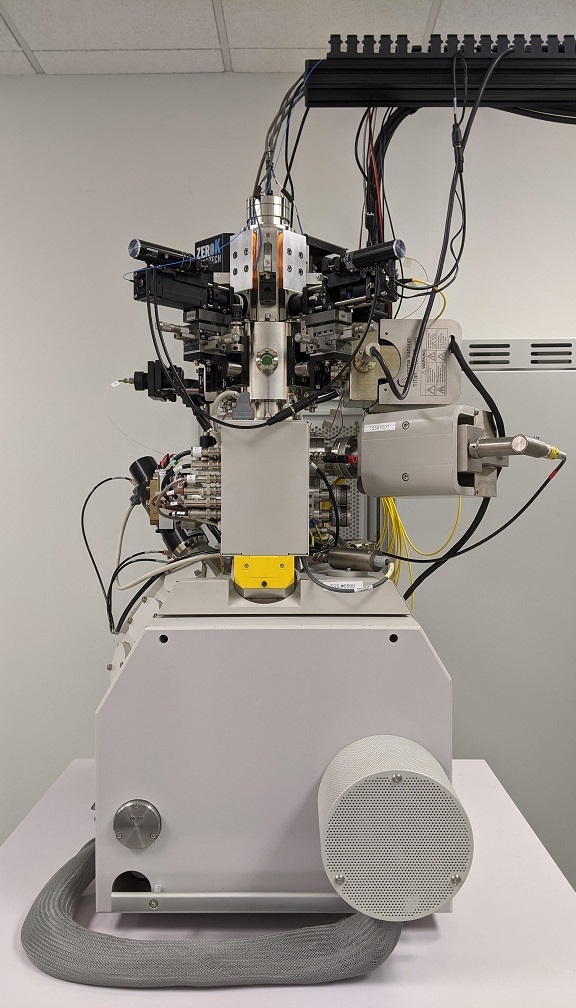
High-Resolution FIB Machining, Fabrication, and More
Available 2020
FIB:ZERO is a focused ion beam system employing a brand-new high-performance Cs+ ion source. When compared with Ga+ systems, it provides better resolution, even at at lower beam-energies. Compared with He+ or Ne+ systems, it provides an order of magnitude higher milling rates and reduced sample damage. FIB:ZERO also gives access to new contrast mechanisms and higher secondary ion yields.
This FIB is well suited for:
- High resolution sputtering
- Imaging with secondary electrons or ions
- Gas-driven deposition and removal
- Circuit-edit
For application-focused comparisons between FIB:ZERO and Ga+ FIBs please see these slides. We offer demonstrations (remote or in-house) and are already delivering this system to customers.
Features
- Cs+ ion beam with 2 nm resolution at 10 keV
- 1 pA to 10+ nA beam current
- 2 keV to 18 keV beam energy
- Available with most industry-standard accessories
Publications
Contact us to discuss your applications and arrange for a demonstration today!
info@zerok.com
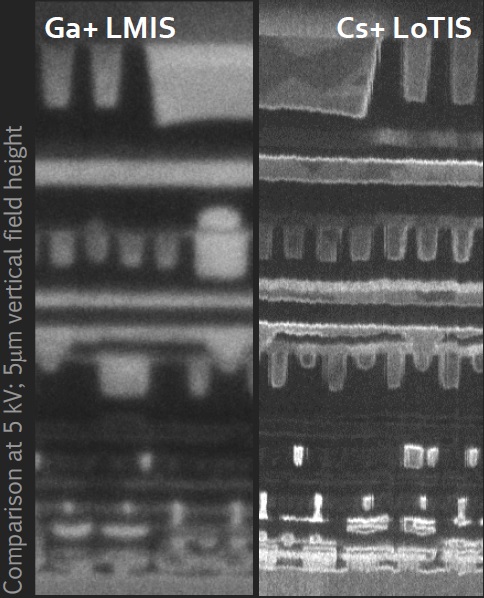
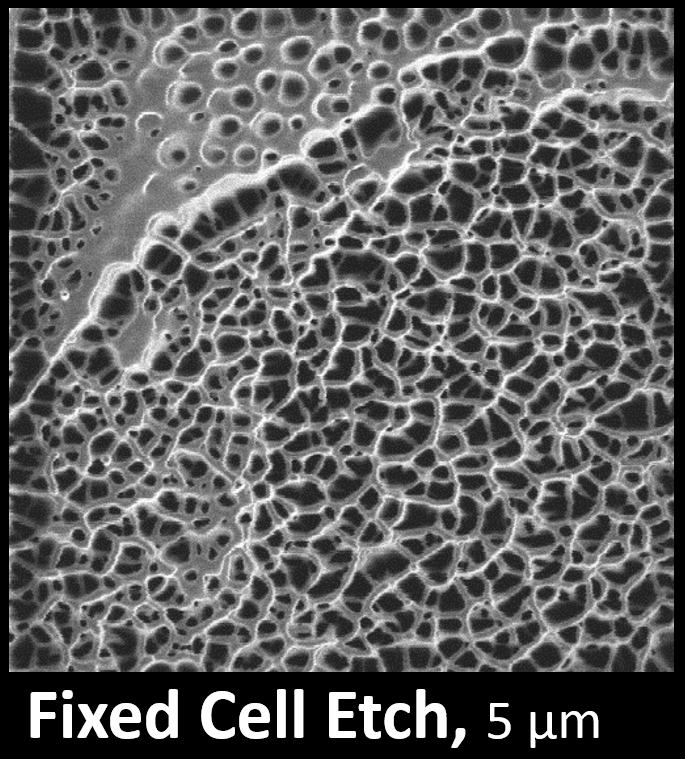
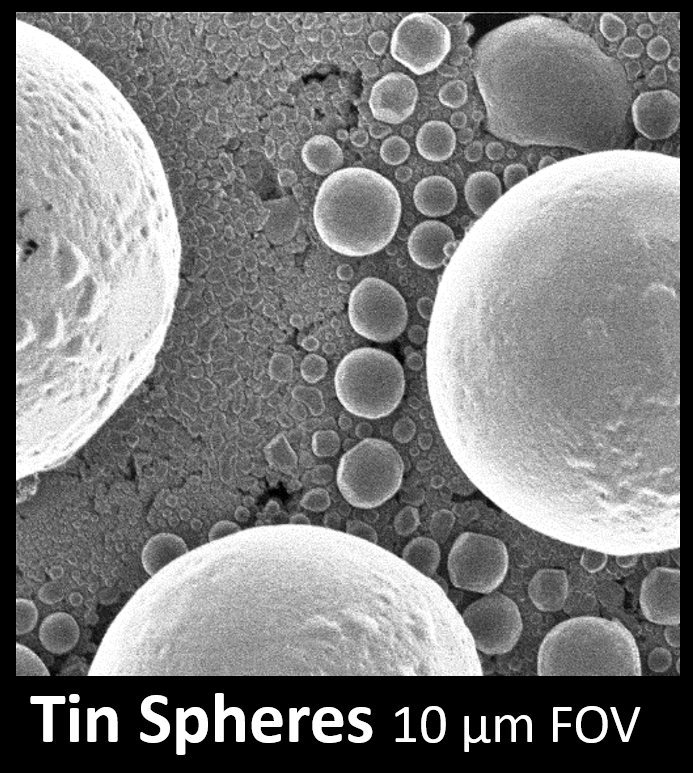
SIMS:ZERO
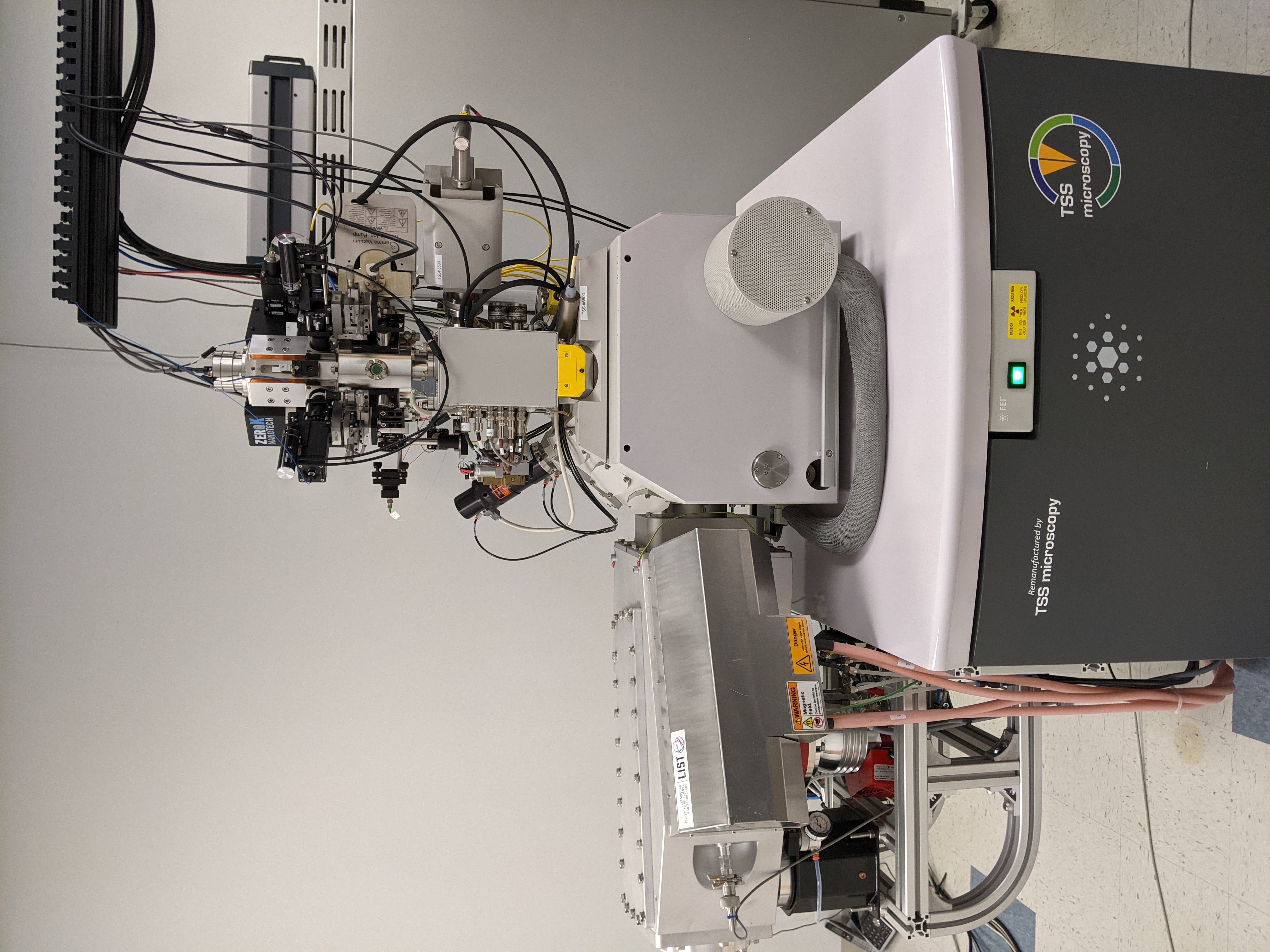
High-Resolution Cs+ Dynamic SIMS
Available 2021
Imagine obtaining EDX-like spectra without time-consuming trenching and lift-out. Imagine collecting SIMS data 100X faster and with ultimate spatial resolution. Imagine machining resolution better than any other FIB on the market.
Now imagine all of it in a single platform.
SIMS:ZERO combines the nanofabrication capabilities of FIB:ZERO together with an elemental compositional information channel enabled by adding a double-focusing magnetic sector mass spectrometer.
Please click here to download the first data set published from this instrument. These data demonstrate that SIMS:ZERO can deliver high resolution and new workflow possibilities.
Features
- Cs+ ion beam with nanometer resolution
- 10+ nA beam current (Cs+)
- Full-featured FIB system
- Highest resolution SIMS
- Parallel readout of all masses
Benefits
- Obtain EDX-like spectra...without lamella prep!
- Gather SIMS data 100X faster
- Machine with higher precision
- Endpoint using mass spectra
- Nanofabrication process control using SIMS
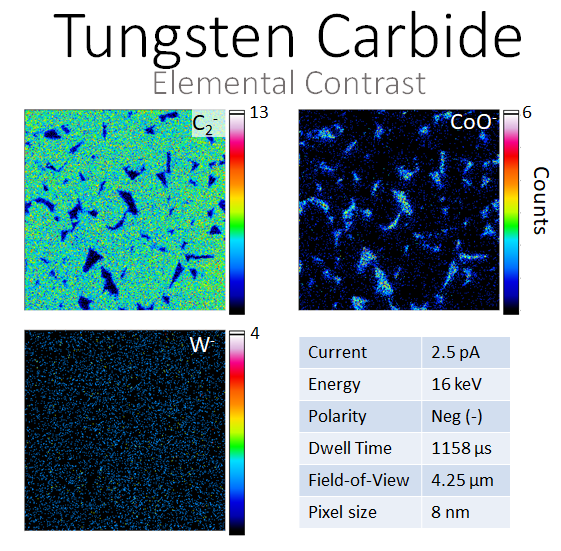
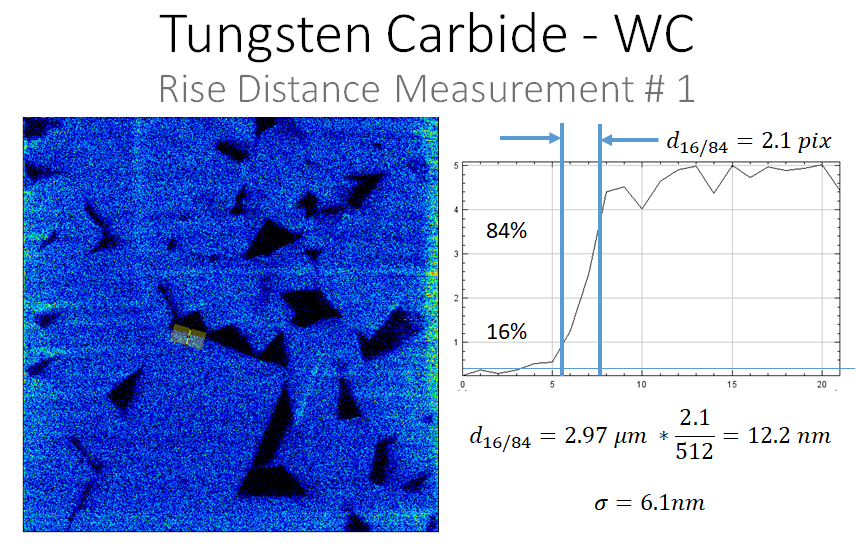
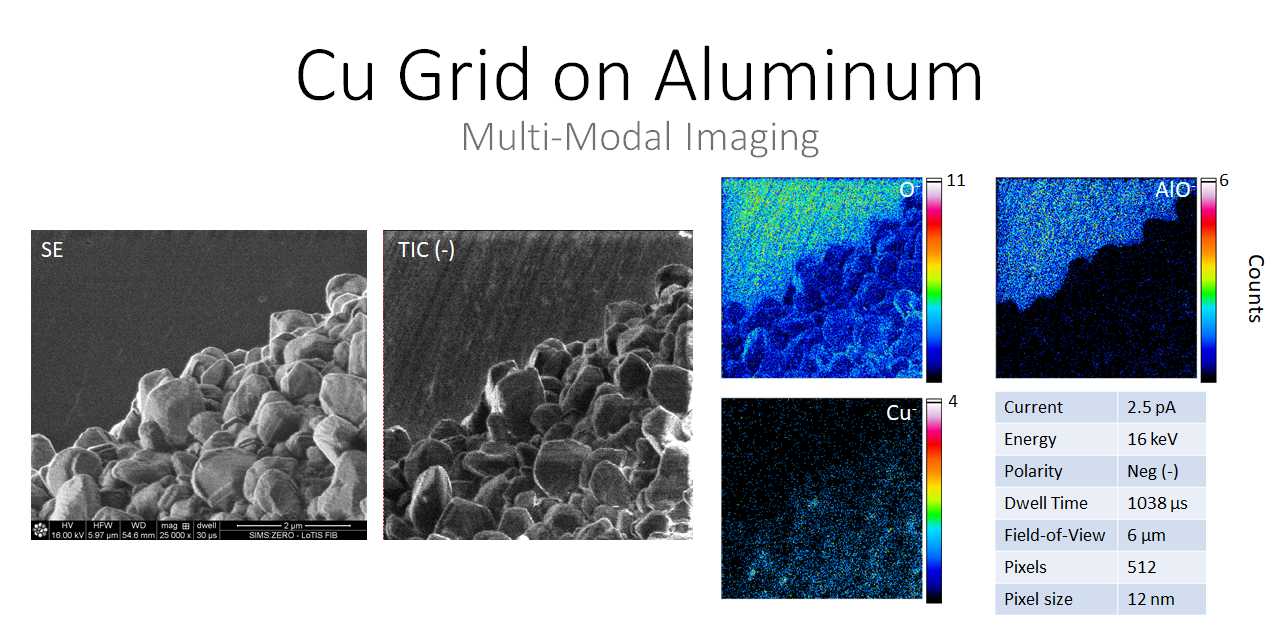
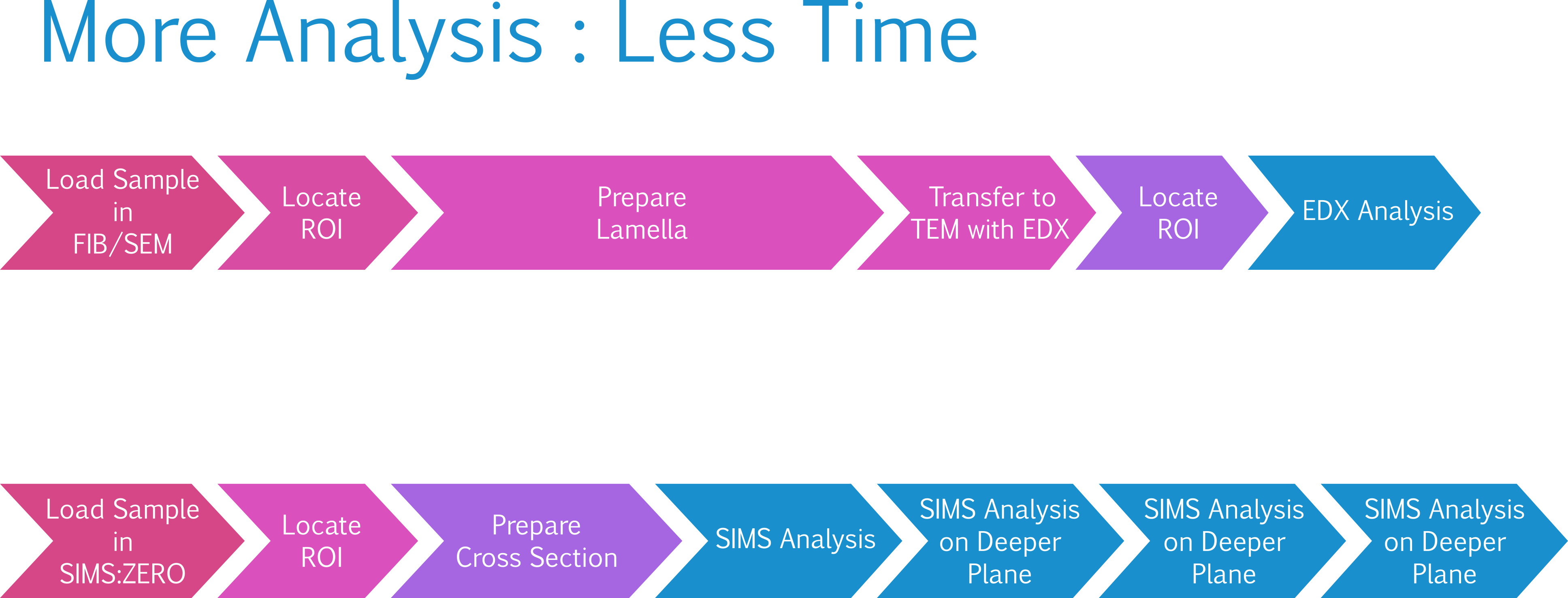
Contact us to discuss your application today!
info@zerok.com
Low-Temperature Ion Source (LoTIS)
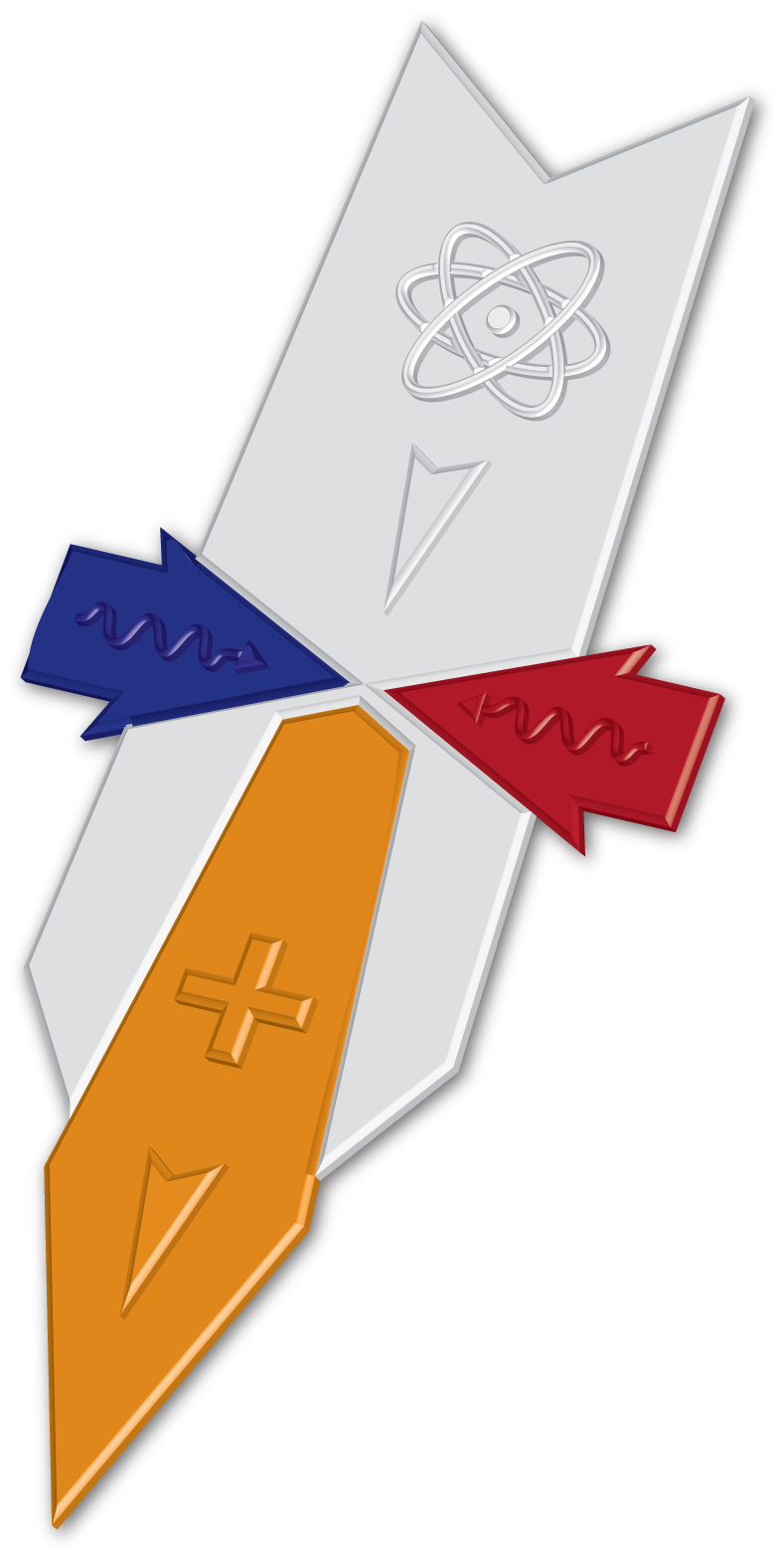
Colder Atoms
Employing Nobel-prize winning techniques from the field of laser cooling, the LoTIS first creates a cold beam of atoms, just a few millionths of a degree above absolute zero! This beam of atoms is then photoionized in an electric field to create an extremely cold ion beam. By removing the heat, and thereby the randomness, from its ions, FIBs employing a LoTIS will be able to more sharply focus their ion beams.
Brighter Ions
In slightly more technical terms, LoTIS has a higher brightness and smaller energy spread than the industry standard technology, the liquid metal ion source (LMIS). Higher brightness enables more current in a smaller focused spot, while reduced energy spread mitigates chromatic aberrations. The result is a source of ions for FIB applications that provides high-precision operation over a wide range of beam energies. zeroK has developed a LoTIS that produces cesium ions which would allow for an integrated elemental mapping tool (using Secondary Ion Mass Spectrometry) in combination with nanomachining capabilities. Updates in the development of LoTIS technology can be followed on the News page.